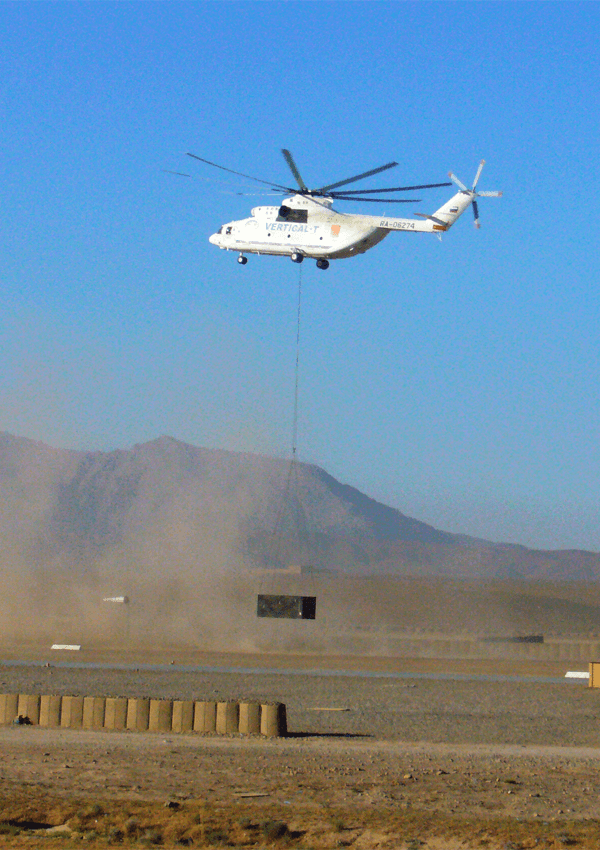Is it viable to replace the turbine with 2 stroke diesel (think of railway diesel locomotive) and still retain the high speed efficiency & performance of turbine?
"If it fits,i sits" is the motto of the engines, "1st it should fit to the beam and deck height of the ship. It will not be efficient to let engine cut through decks for several reasons (integrity, easiness to remove-install maintain). I think a 2 stroke engines would fail at this stage since they will need a height clearance and cut through at least one deck. and make it almost impossible for a major in-place maintenance with the height clearance of a military vessel. Also note that in similar dimensions of the beam, some ships have 2 gas turbines which would be impossible to fit a 2-stroke low speed engine, or 4 stroke medium speed engine.
-First off all the engine should produce a sufficient torque to overcome torque of the propeller (after necessary conversions in the gearboxes) meanwhile also assuring the required propeller speed for the efficient regime of the propeller (again after conversions in gearboxes), and this also shall be provided in efficient MCR regime of the engine. (something manageable but 2 stroke engines allergic to the customization and managing, will not be much possible to get a reaction time once they are on and running, also takes longer to get them run at MCR)* this needs expansion.
-Second, still as important as fitting the engine into hull: there are deck openings left on, allowing engine to replaced when needed,or installed at any stage of the construction easily. Some of these engines are so tiny (compared to low-medium speed) they fit through exhaust channel after removal of exhausts. Also their size in some conditions allows an MRO in place by turning the engine upside down, replacement of crank shaft when needed etc.
-Lastly despite of looking like "plug and play" engines and moreover the propulsion system are highly customized per ship. (combined, chosen such that to complete the puzzle) .
Sacrificing the deck integrity and effective volume, sacrificing propeller performance or switching to a propeller to fall into range of torque generated by the engine @mcr thus reducing the maximum speed or increasing the cruise speed (or even decreasing it), actually any engine would "work", but not as desired.
I don't know a lot about the sizes of locomotive engines but by visual comparison a locomotive engine of 1500 kW was as big as a 8000+ kW high speed four stroke engine installed on a ship.
*Power = torque *rps technically any engine with a sufficient power output mathematically can drive the propeller. But operable regime (engine layout) is a parallelogram for low speed engines which engine rate and power demand should lie within, this will cause troubles at maintaining propeller in efficient regime while controlling power output- thus torque and speed of the engine (and can be easier to handle but more tedious when a controllable pitch propeller is present).
A high-medium speed engine is more conforming for this:
Compared to this which restricts the power output above 60% (engine is too bulky can't go below critical mean effective pressure of cylinders, or can't go lower it affects lubrication and again power generation):
A case study ignoring the rest of compatibility and focusing solely on the dimensions:
70 series of 2 stroke engine falls into power capacity of a gas turbine @MCR (also in efficient regime)
And this is how big is a 70 Series MAN 2-Stroke engine. from base of the crank to the tip it is ~9 meters, almost more than avaliable height of the ships, from where engines installed to top deck.
A Medium speed 4 stroke engine of the similar power output is ~6 meters in height 15 meters in length: means the deck will be cut, and the isolated section will have to be longer, the medium speed 20 MW engine is 15 meters long.

marine.man-es.com
While a gas turbine is 1.5 of the height of an average person (2.4 meters). and fits in an engine room of 3.5 meters in lenght (clearance is not considered).
In the end, if the space and weight of the engine is not a concern and allows, medium speed engine may suit, but two speed engine is not a viable option. Assuming even some commercial ships has to rely on high speed engines despite of spacious hulls (bearing all those gearbox maintenance costs), it can be an indicator of having such large unoccupied volumes on military ships is not expected.






